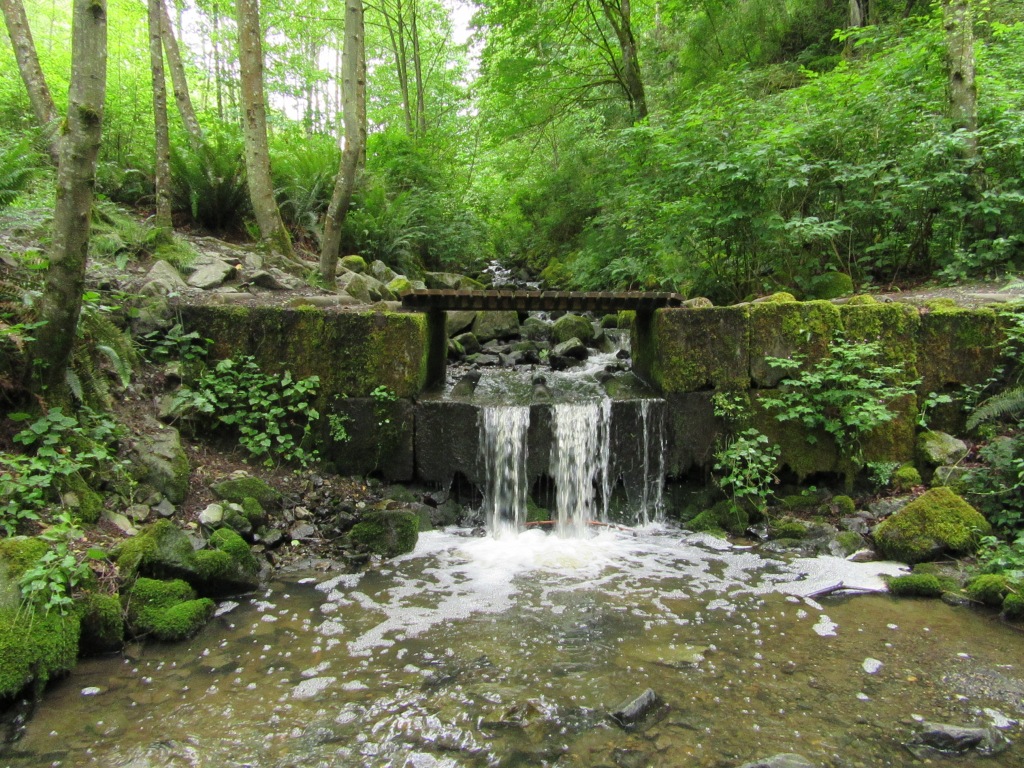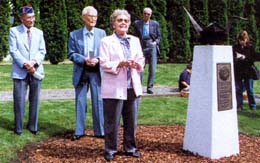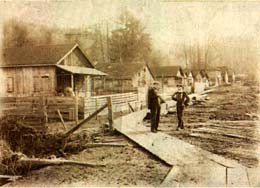Review
This study into the forested areas of my hometown, Mukilteo, Washington, really reminded me of the vast history a lot of the Puget Sound hugging towns possess. Modern development and a lack of representation has buried this cultural richness. My first post delved, briefly, into the history of Mukilteo as a whole and its relation to the Big Gulch and Japanese Gulch trail systems/areas. The post following that had me compare tree species to that found in the Gulches to my parents’ backyard, where the edge of their yard met the greenbelt line of the Big Gulch. I found that a lot of the dominant species found in the Gulches were found on the edges of the backyard, almost untouched from the ‘suburban’ influence in a sense. In this last blog post, I wanted to see if I could pinpoint any conservation efforts done by the City, if the rapid housing development of the 80’s changed any scopes, and if the community of Mukilteo are invested in the Gulches as much a they enjoy utilizing them.
I will be mostly focused on the efforts with the Japanese Gulch, as there were scarce resources regarding the Big Gulch Area. In a more ‘normal’ world, I would’ve used in-person resources such as City Hall, the Mukilteo Library and contacting community members to have more in-depth conversations.
Japanese Gulch
A quick historical overview of the Japanese Gulch:
- 1903 – Mukilteo (Crown) Lumber Company established, many workers are Japanese immigrants who lived in company housing named “Japanese Gulch.”
- 1960’s – After World War 2, Boeing plant at Paine Field developed which divided the Japanese Gulch into two areas.
- 2000 – Descendants of original Japanese Lumber workers united with Mukilteo’s citizens to honor race relations with a bronze monument in Heritage Park.
- 2007 – Developing company tried to buy the land to turn it into an industrial park, prompted a small outcry from the community.
- 2009 – The City and Confluence environmental company team up to build fish ladders in the Japanese Gulch. (CEC, 2009)
- 2014 – The City of Mukilteo (finally) completed a purchase of 98 acres of the Japanese Gulch in hopes to continue preservation efforts (Riddle, 2007).

It is apparent that with the industrial boom following the tail-end of Boeing’s establishment,, developers sought after the Japanese Gulch as ‘free-space’ to do what they please. It is also just as equally apparent that community members who understood the need to fight for Mukilteo’s forested areas. These special spaces contrasted the mundane views of housing, schools and businesses.
A real-life example of a community member fighting against developers was Liza Patchen-Short and her partner Richard Emery handing out fliers on how to save the Japanese Gulch in 2009. The fliers were informing neighbors of a proposed plan from a shipping company to develop, strip trees and clear land for a parking lot that was only 75 feet away from many people’s backyards. Kristin Kohorst, one of the neighbors whose backyard view of the Japanese Gulch would be in jeopardy due to development, expressed that the Gulch is, “the heart and soul of Mukilteo,” and was elated when the City made its final acquisition, the last 98 acres out of 144 acres, in 2014. What started as kitchen-table conversations about conservation turned into the Japanese Gulch Group, who carried the torch and continues to lead the legacy of conservation in the Gulch,(Sayler, 2014).

Conclusion
For the most part, my inquiries were answered. Whenever developers tried to infringe on Mukilteo’s forested areas, the community responded negatively. A lot of the trails in the Japanese are rough and ‘user-designed.’ In 2016, the City has proposed a master plan for the area to bring on many needed upgrades (Romano, 2018). Besides that, I could not find anything in the past few years that had to do with conservation efforts. My point of view growing up in Mukilteo and going through K-12 in the same public school district is that there is not enough history, both social and ecological, taught about Mukilteo in general but especially about the Japanese Gulch. Maybe if this is instilled, then the community as a whole would feel more inclined to be involved with pushing for conservation efforts.
It has been a pleasure taking my overall environmental knowledge and newly learned forest ecology concepts into critically thinking about my hometown. This has sparked an interest in me to potentially use my academia and implement them back home in hopes that the future generations will find solace in the both the Japanese and Big Gulch as I did.
References
Confluence Environmental Company (CEC). 2009. Japanese Gulch Fish passage design and habitat restoration. https://www.confenv.com/images/pdf/JapaneseGulch100412.pdf
Riddle, M. 2007. Mukilteo – Thumbnail History. https://www.historylink.org/File/8422
Riddle, M. 2007. Monument in remembrance of Mukilteo’s early Japanese community is dedicated on May 30, 2000. https://www.historylink.org/File/8446
Romano, C. 2018. Japanese Gulch — Historic Ravine laced with trails. https://hikeoftheweek.com/new/japanese-gulch/
Sayler, S. 2014. Japanese Gulch has long been a haven — and now it will remain one. https://www.heraldnet.com/news/japanese-gulch-has-long-been-a-haven-and-now-it-will-remain-one/
Salisbury, Nelson. 2014. Japanese Gulch Natural Resource Inventory: Mukilteo, WA. https://www.earthcorps.org/ftp/ECScience/Projects/Japanese_Gulch/Japanese_Gulch_Natural-Resource_Inventory-2014.

